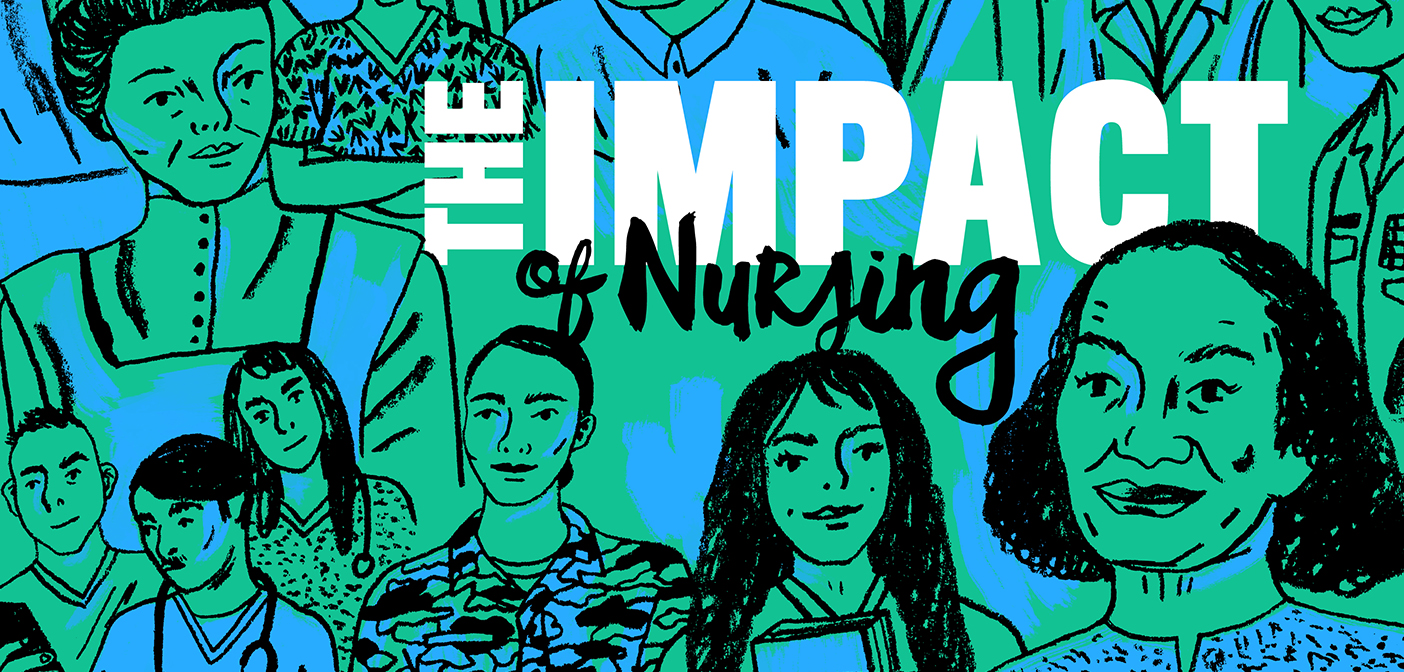 Imagine going to the emergency room with a painful condition and being unable to make yourself fully understood by the health care team due to a language barrier. It happens every day in this country. In fact, a large body of published research shows that language barriers, in part, explain why racial and ethnic minorities experience a lower quality of health services and are less likely to receive even routine medical procedures than are white Americans.
Imagine going to the emergency room with a painful condition and being unable to make yourself fully understood by the health care team due to a language barrier. It happens every day in this country. In fact, a large body of published research shows that language barriers, in part, explain why racial and ethnic minorities experience a lower quality of health services and are less likely to receive even routine medical procedures than are white Americans.
Last year I had the honor of being asked to be co-vice chair of an Institute of Medicine (IOM) report examining disparities in health care. The report was requested by the United States Congress in response to cases citing unequal health care even when access to care and ability to pay were not issues. The IOM is part of the distinguished National Academy of Sciences and is charged with securing the services of eminent members of appropriate professions in the examination of policy matters pertaining to the health of the public.
As my own research focuses on the cardiovascular health of young African American males, I was particularly eager to play a key role in writing the IOM report. Chair of the committee was Dr. Alan Nelson, retired physician and current Special Advisor to the Chief Executive Officer for the American College of Physicians-American Society of Internal Medicine. The other co-vice chair was Dr. Risa LaVizzo-Mourey, now Senior Vice President of the Health Care Group at the Robert Wood Johnson Foundation.
Being on this committee and working on such a critical topic was a remarkable experience. The committee itself was comprised of 21 diverse health care professionals from all over the country and from a variety of leadership backgrounds. We met monthly for more than a year.
Our charge from Congress was specific. We were to:
Assess the extent of racial and ethnic differences in health care;
Evaluate potential sources of racial and ethnic disparities in health care, including the role of bias, discrimination, and stereotyping at the individual, institutional and health systems levels; and
Provide recommendations regarding interventions to eliminate health care disparities.
After months of reviewing the literature; talking with patients, advocates, professional societies, government agencies, and providers; and studying the data and writing, our committee released a report called Unequal Treatment: Confronting Racial and Ethnic Disparities in Health Care. We found that racial and ethnic disparities in health care do indeed exist and, because they are associated with worse outcomes in many cases, are unacceptable. We also found that bias, stereotyping, prejudice, and clinical uncertainty on the part of providers may contribute to racial and ethnic disparities in health care.
As the report was being written, I began thinking about the role nurses can play in reducing health disparities. Nurses are well-positioned to take the lead in developing an action agenda with the goal of eliminating unequal treatment.
Many Johns Hopkins nurses are already active in education, policy, practice and research efforts that aim to reduce disparities. You can read about some of that work in this issue of Johns Hopkins Nursing (see page 16).
A comprehensive, multi-disciplinary strategy is needed to reduce racial and cultural disparities in health care. The IOM report has put the issues on the table. Now it is up to us, health care providers, to devise the solutions that will allow every resident of this country, no matter what his or her ethnic background, to receive equal, quality health care.
Martha N. Hill, PhD, RN, ’64 Dean
 Welcome Arrival
Welcome Arrival Open to All
Open to All Impact: Voice
Impact: Voice The Best Medicine
The Best Medicine A Busy Intersection
A Busy Intersection







